Yoga is natural and it’s a process that occurs over time. Asana, on the other hand, does not happen naturally. To be effective in yoga, it requires learning a method. Both take time, like what is required with any transformation. Though you can eventually live in yoga naturally without effort, doing too much asana is never good.
Asana is one of the eight limbs of Ashtanga yoga and it’s one of the ways to know the body and senses. Doing asana can help lead one to a higher consciousness because when doing asana many things happen. Your body becomes stronger and more stable and, through proper breathing and vinyasa, the mind becomes calm and more stable. Though twisting and bending your body can be a very fascinating part of your yogic practice, it is primarily intended to be an important part of your overall sadhana, or spiritual practice.
Unfortunately, today too many people are obsessed with doing asana. They think the deeper they bend their bodies, the further it will take them to self-realization. Many times, I see people stretching too much. They twist and turn their bodies and overdo it sometimes, practicing in the morning and then again in the evening. Certainly, the more attention you put toward your practice, the more you know your body. But, oftentimes, we try to go too far too fast, thinking we’ll reach somewhere better faster. This approach is a sure way to damage not only your body, but also your senses and even to your organs. Doing too much asana will never take you closer to spirituality or self-realization, but it can take you away from it.
Part of the reason people are obsessed with doing asana is because there is a lot of talk and self-promotion online. Someone knows how to do this pose or that pose so they post a picture and even describe how to do it. People also focus on too much asana because, let’s say, someone is giving a big lecture on handstand or back-bending, so many students go to that workshop. Teaching handstand is not even close to yoga. To experience yoga, it’s not necessary to mimic the way someone else has learned to do a pose. This is where people miss the main point of what they should teach.
Too much talking is happening in yoga and not enough experience. If someone is giving a lecture and it’s very precise, you are not going to experience yoga. Someone in a workshop or class can put you into a posture and try to explain the energy is flowing like this or that, but we all have different structures and body types. A guru will not teach you the technique to experience yoga. He or she will teach you how to experience yoga naturally in your own body, how to be comfortable in a pose, which takes far more time than a weekend and goes far beyond what can be taught in a workshop.
Related: The Deepening of Practice Over Time
A teacher or guru understands first the experience of yoga. Before this, he or she can never understand someone else’s body and spirit. A guru is someone who tries to give postures so that it helps the student. If you keep on giving lecture without experiencing, it’s impossible to guide anyone into yoga. Everyone has to experience the posture for his or her selves and it will be different than their guru’s experience. The method of doing is the same, but the experience that one needs requires a certain appreciation and intelligence.
Yoga is a natural process, but you have to understand how yoga happens. If you follow a certain mindset and discipline, devotion, dedication, then changes will happen. The transformation becomes spiritual, your mind and everything goes toward divinity. You start looking at yourself. You go on a self-realization quest and avoid certain things that disturb your mind and don’t allow you to grow spiritually. If you have a desire to learn about spirituality, then you adopt a method and the experience flows naturally. For that, you need a method. No one can force it on you or force you to do it.
Instead of working on handstands, students should work on the fundamentals of yoga, the yama and niyamas. Instead of doing acrobatics, they must find this higher consciousness and make it stronger within them. To practice yoga, first we have to understand and correct our fundamentals. To strengthen our fundamentals, we must adopt a method. Asana is a way to strengthen our fundamentals and will lead us toward spirituality and a higher level in our own practice. But with asana, you should do it cleverly, with consciousness, and not just thinking intellectually or by mimicking someone else’s experience.
When the fundamentals are correct and strong, then yoga happens naturally. If you do it forcefully by trying to replicate other people’s fashion or approach, it will never happen. You can never will yoga to happen. It’s a natural process. When you adopt a method, only then you can experience certain things that you have not experienced within yourself. You experience something that makes you feel blissful and that happens only naturally.
You can realize and understand many things through asana practice when you do it consciously. But doing it again and again and again, and overdoing it, will damage your senses and your body. It will give you lots of injuries. These things will happen if you don’t do it in a proper manner.
Photograph by Danielle Tsi
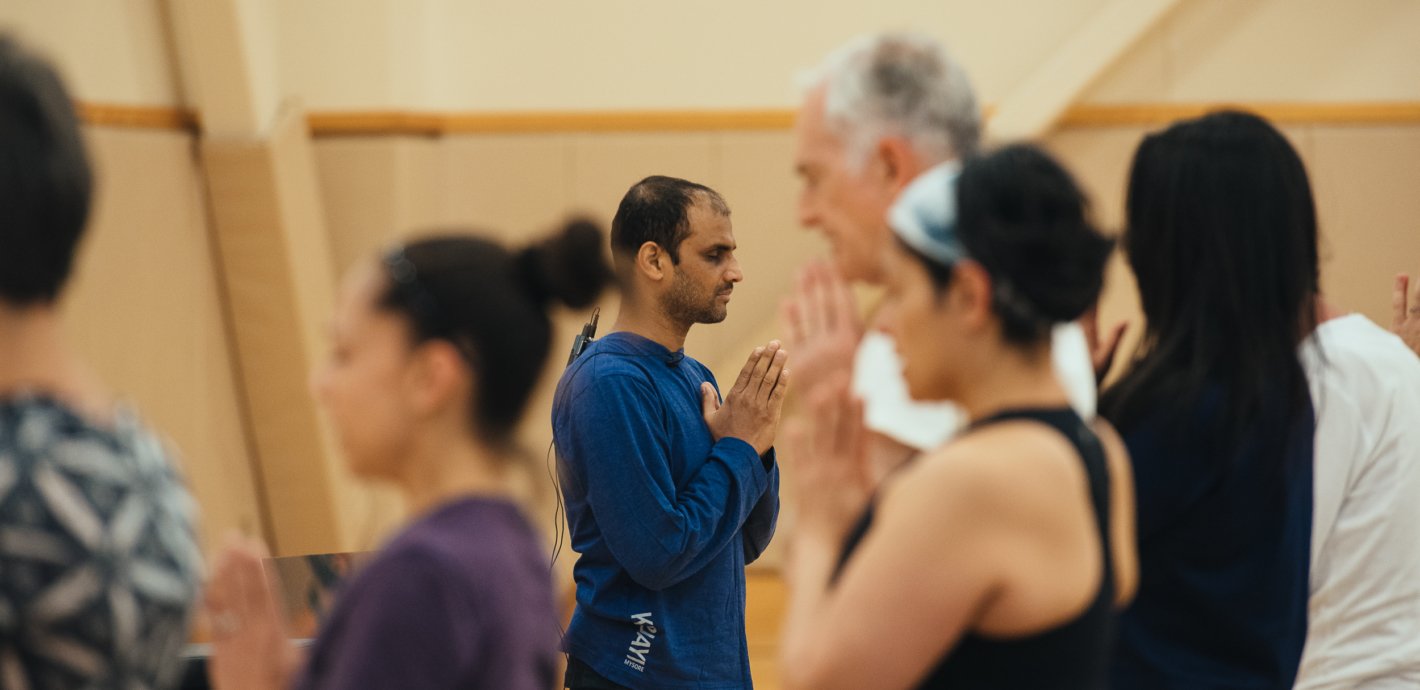

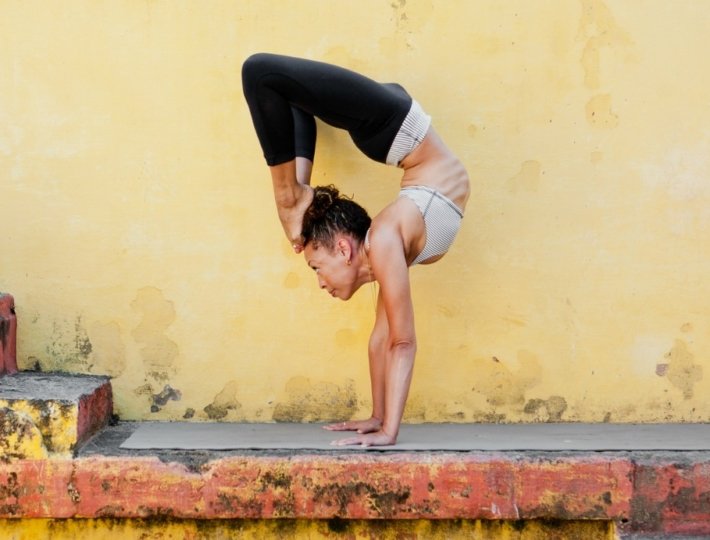

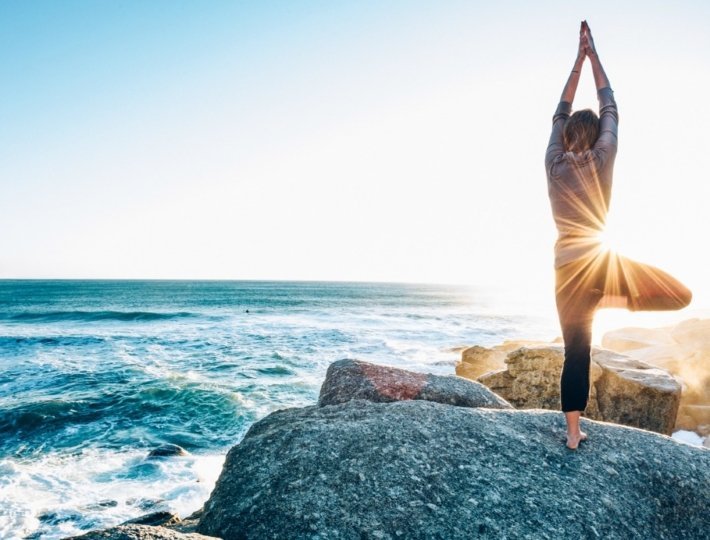
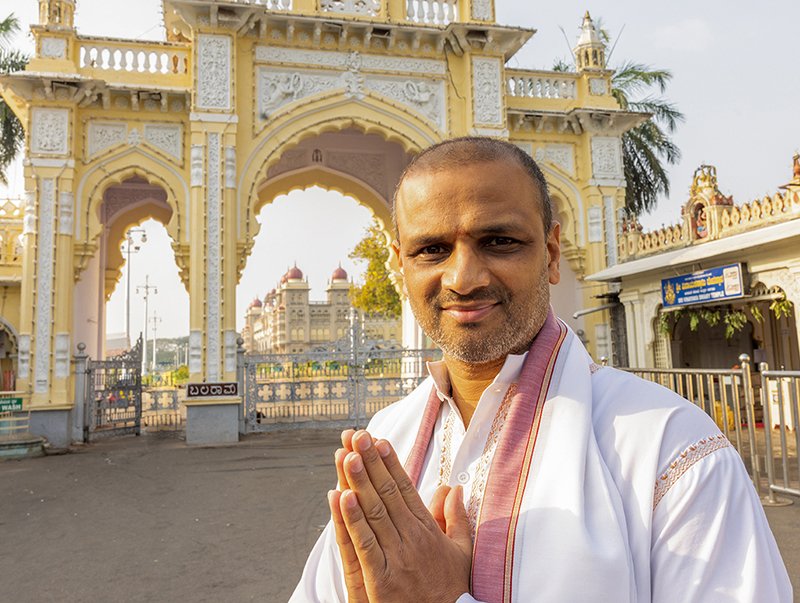

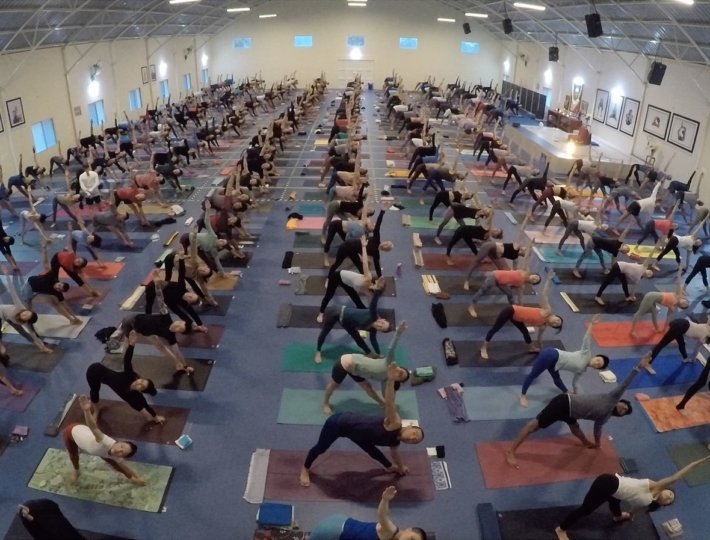



Comments (0)